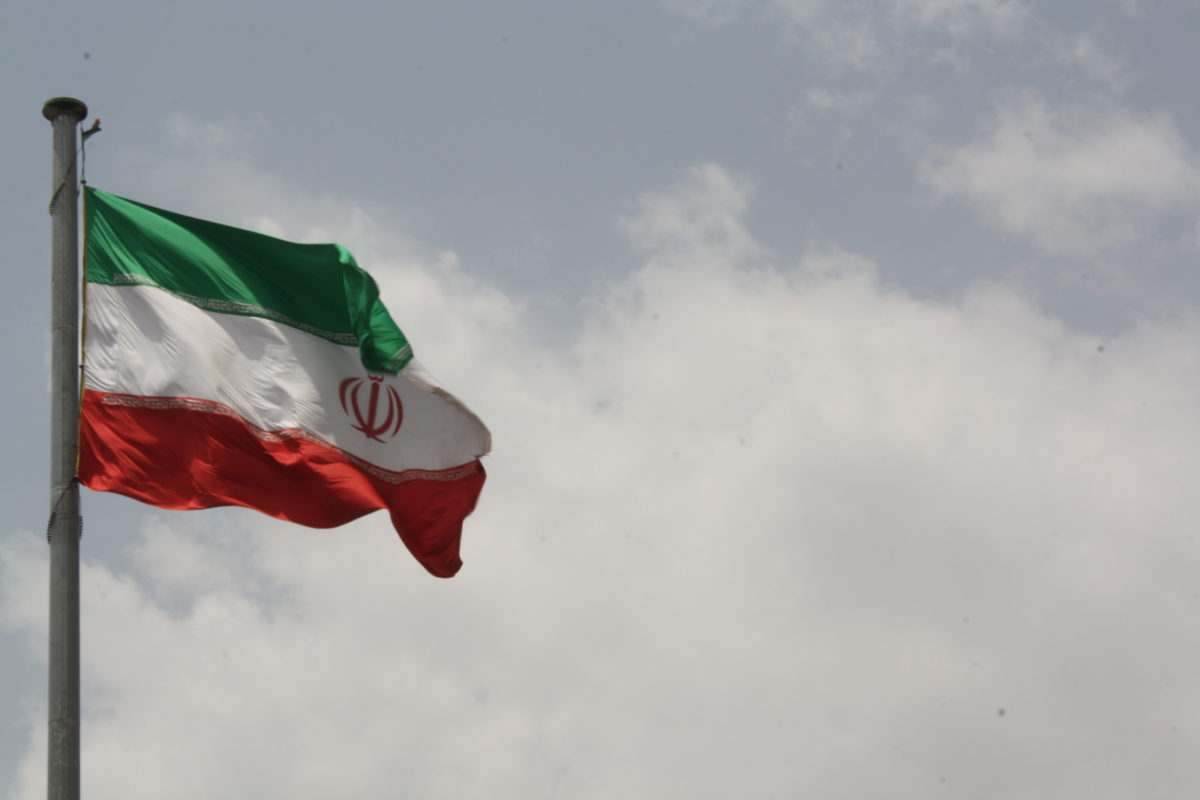The Iranian Energy Ministry announced, last week, a plan to add another 10GW of renewable energy capacity over the next four years as part of an overall strategy to deploy 30GW of power generation capacity.
On Sunday, the ministry and the Renewable Energy and Energy Efficiency Organization (SATBA) signed a memorandum of understanding with unspecified private investors to implement the plan and announced their intention to allocate around IRR30 trillion ($71.4 million) in the next budget law to move forward with the first projects.
According to SATBA, there are currently more than 80GW of renewable energy projects that have been submitted by private investors for review.
Iran has an installed renewable energy power generation capacity of around 900MW, of which about 414MW is represented by solar installations. According to the International Renewable Energy Agency, the country installed around 50MW of new PV power in 2020 and around 90MW in 2019.
Popular content
Despite a feed-in-tariff scheme for large scale PV and a net metering mechanism for rooftop PV, Iran’s solar energy development has remained below expectations since the real market inception, in 2016. Solar developers active in the country had to deal with two main issues: difficult access to financing and re-imposed sanctions by former U.S. President Donald Trump.
Last week, however, Tehran-headquartered company Mana Energy Pak commissioned the country's first solar cell factory. The 150MW facility is located close to the city of Khomeini in western Iran. The company’s website states that it has, additionally, purchased a factory able to produce 1.2GW of multi- and monocrystalline wafers per year, without mentioning the location of this factory. It also states that it has operated a 250MW production line for PV modules at the site near Khomeini since early 2020. According to SATBA, further phases already under construction will increase the factory’s PV module capacity to 1.5GW by the end of 2023.
This content is protected by copyright and may not be reused. If you want to cooperate with us and would like to reuse some of our content, please contact: editors@pv-magazine.com.



1 comment
By submitting this form you agree to pv magazine using your data for the purposes of publishing your comment.
Your personal data will only be disclosed or otherwise transmitted to third parties for the purposes of spam filtering or if this is necessary for technical maintenance of the website. Any other transfer to third parties will not take place unless this is justified on the basis of applicable data protection regulations or if pv magazine is legally obliged to do so.
You may revoke this consent at any time with effect for the future, in which case your personal data will be deleted immediately. Otherwise, your data will be deleted if pv magazine has processed your request or the purpose of data storage is fulfilled.
Further information on data privacy can be found in our Data Protection Policy.